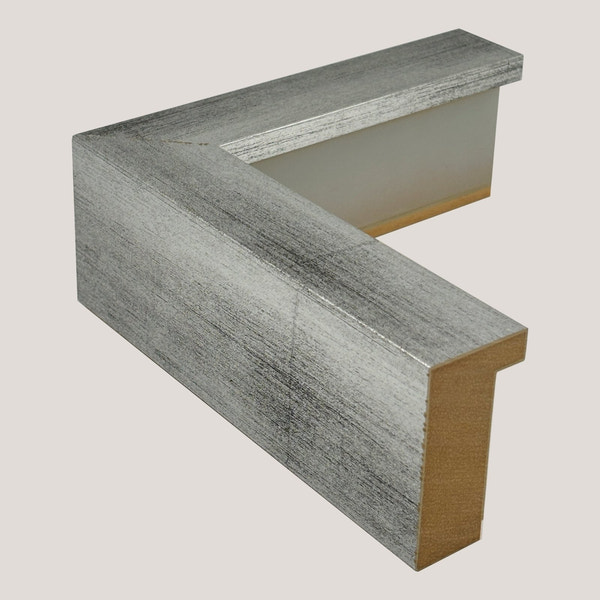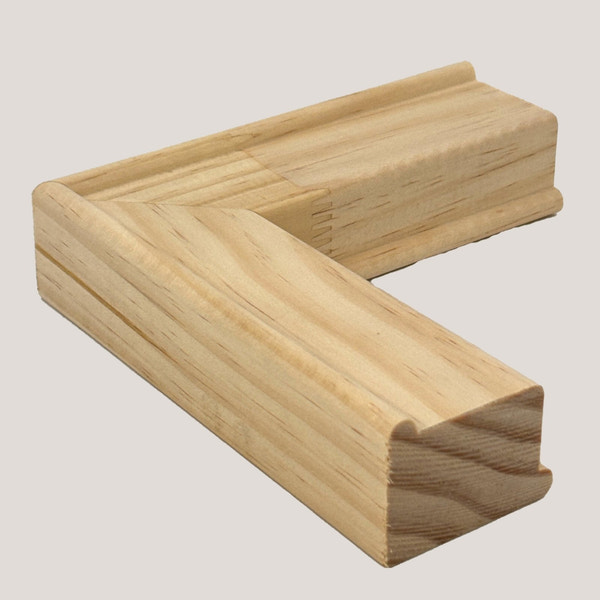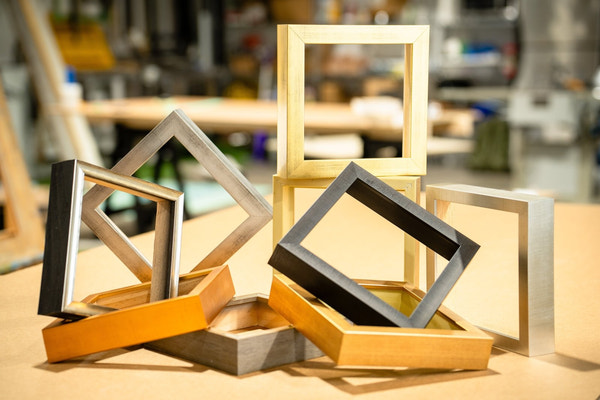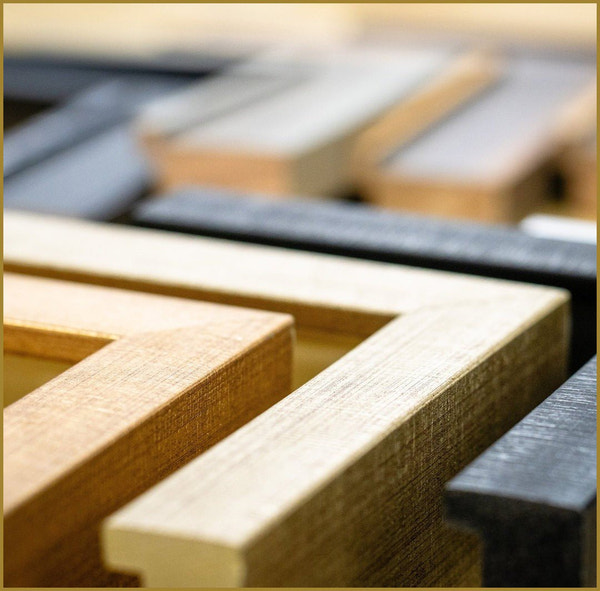The History of Floater Frames: Evolution and Impact
Introduction to Floater Frames
The history of floater frames captivates art lovers and designers. These unique frames enhance artwork beautifully. They create a floating effect, showcasing pieces distinctively. Let’s explore their fascinating journey and trace how floater frames evolved over time. Articient aims to offer a mix of classic and trending floater frame options. Some of our most popular offerings are listed below.
Origins of Floater Frames
Floater frames emerged in the mid-20th century. Artists sought fresh ways to display work. Traditional frames often hid canvas edges. This frustrated creators who valued every inch. Consequently, floater frames solved this issue. They allowed entire artworks to shine. Initially, craftsmen used simple wood strips. These strips cradled canvases snugly. Thus, the floating illusion was born. Early designs prioritized function over flair.
The 1950s: A New Era Begins
In the 1950s, floater frames gained traction. Abstract expressionism dominated the art scene. Artists like Jackson Pollock pushed boundaries. Their bold canvases demanded innovative framing. Therefore, floater frames became ideal choices. They preserved the artwork’s raw edges. Designers experimented with basic shapes. Meanwhile, galleries embraced this trend. The frames highlighted modern art’s spirit. Their simplicity matched the era’s aesthetic.
1960s: Minimalism Shapes Design
The 1960s brought minimalism to the forefront. Clean lines defined art and decor. Floater frames adapted swiftly. Designers streamlined their look further. For instance, they used thinner wood pieces like our Kiawah Walnut Floater frame. This enhanced the floating effect. Additionally, metal entered the scene. Aluminum floater frames offered sleek finishes. Art collectors loved this modern twist. As a result, frames became less intrusive. They let artwork take center stage.

1970s: Experimentation and Variety
During the 1970s, creativity surged in framing. Artists and framers explored bold ideas. Consequently, floater frames saw new styles. Some featured vibrant colors. Others used textured materials. For example, oak and walnut gained popularity. These woods added warmth to displays. Meanwhile, custom sizes became common. Galleries demanded unique frames for exhibitions. Thus, the history of floater frames grew richer. Their versatility attracted diverse artists.
1980s: Commercial Boom
The 1980s marked a commercial peak. Floater frames entered mainstream markets. Home decor embraced their elegance. Retail stores stocked ready-made options. As a result, homeowners displayed art confidently. Manufacturers refined production techniques. They lowered costs without sacrificing quality. Additionally, new finishes emerged. Glossy lacquers and metallic hues dazzled buyers. Therefore, floater frames became household staples. Their appeal crossed artistic boundaries. Articient carries several floaters with metallic finishes, including our popular Pinckney Gold moulding.

1990s: Technology Enhances Craftsmanship
In the 1990s, technology transformed framing. Computer-guided tools improved precision. Framers crafted floater frames faster. Meanwhile, synthetic materials appeared. MDF (medium-density fiberboard) offered affordability. It mimicked wood’s look effectively. For instance, galleries used MDF for budget displays. However, traditionalists stuck with hardwood. They valued its timeless charm. Consequently, the history of floater frames diversified. Options suited every taste and budget.
Early 2000s: Eco-Friendly Trends
The early 2000s sparked eco-consciousness. Sustainability influenced framing choices. Therefore, framers sourced reclaimed wood. These materials added rustic appeal. Additionally, non-toxic finishes gained favor. Artists prioritized environmentally friendly displays. For example, bamboo floater frames emerged. Their lightweight design impressed galleries. Meanwhile, DIY culture grew. Hobbyists crafted custom floater frames at home. Thus, creativity flourished in framing.
2010s: Digital Art and Modern Frames
By the 2010s, digital art soared. Floater frames adapted to new mediums. They framed prints and screens beautifully. For instance, LED-lit frames added drama. These innovations captivated tech-savvy artists. Additionally, minimalist designs returned. Thin profiles suited sleek interiors. Meanwhile, social media boosted visibility. Instagram showcased stunning framed art. As a result, floater frames trended globally. Their history reflected modern demands.
2020s: Customization and Versatility
Today, floater frames thrive in versatility. Customization dominates the market. Clients order bespoke sizes effortlessly. For example, online platforms simplify design choices. Framers offer endless finishes now. Matte black and gold lead trends. Additionally, mixed-media art uses floater frames. They complement unconventional pieces well. Meanwhile, galleries experiment with depth. Deeper frames create bold shadows. Thus, the history of floater frames evolves.
Materials Through the Years
Materials define floater frames’ journey. Initially, oak and pine dominated. They offered durability and charm. In contrast, the 1960s introduced metals. Aluminum brought lightweight strength. By the 1990s, MDF cut costs. It broadened accessibility significantly. For instance, eco-friendly woods emerged later. Bamboo and reclaimed timber gained fans. Today, framers blend materials creatively. Metal-wood hybrids add flair. Consequently, material shifts shape the history of floater frames. Articient carries a variety of mouldings that feature composite and natural wood options, such as the Ladson composite moulding collection.
Impact on Art Display
Floater frames revolutionized art presentation. They highlight canvases without distraction. Unlike traditional frames, they avoid overlap. This preserves the artist’s vision. For example, galleries favor them for exhibitions. They suit diverse art styles. Additionally, homeowners appreciate their elegance. Floater frames elevate personal collections. Meanwhile, their floating effect adds depth. It draws viewers into artwork. Thus, their impact endures.
Why Floater Frames Matter
The history of floater frames reveals their value. They balance form and function. Artists gain creative freedom. Their entire canvas remains visible. For instance, collectors cherish this clarity. It respects the artwork’s integrity. Meanwhile, designers love their versatility. Floater frames fit any decor style. Additionally, their evolution inspires innovation. Framers push boundaries yearly. Therefore, floater frames remain relevant.
Challenges in Evolution
Despite success, challenges arose. Early floater frames lacked durability. Thin wood warped over time. Consequently, framers sought stronger materials. Metal and MDF solved this issue. However, costs posed another hurdle. Custom frames were pricey initially. For example, small galleries struggled financially. Meanwhile, mass production helped later. It made floater frames affordable. Thus, the history of floater frames includes triumphs over obstacles.
Future of Floater Frames
The future looks bright for floater frames. Technology will drive innovation. For instance, 3D printing may lower costs. It could personalize designs further. Additionally, sustainability will shape trends. Eco-materials will dominate markets. Meanwhile, augmented reality might assist buyers. They could preview frames virtually. Consequently, floater frames will stay popular. Their history promises ongoing growth. Art display will keep evolving, and Articient will continue to offer a mix of classic and trending options for floater frames.
Conclusion
The history of floater frames showcases creativity. From humble beginnings, they transformed art display. Each decade brought fresh ideas. Materials and styles evolved steadily. For example, minimalism and technology left marks. Today, floater frames blend tradition and innovation. They suit artists and collectors alike. Meanwhile, their versatility ensures longevity. The journey of floater frames inspires us. Their story continues to unfold.























